Cryptozoology is the study of creatures whose existence has yet to be—or else cannot entirely be—proved or disproved by science. These creatures are known collectively as cryptids. Around the world, these include the Loch Ness Monster, Bigfoot, Mothman, the Himilayan Yeti and others.
The cryptid category in the Philippines is a bit trickier than in other countries around the world. You see, folklore and mythology in the Philippines is already full of colorful beings and creatures, so it is often easy to overlook stories that fall into cryptozoology. I mean, how can an unconfirmed sighting of an “ape-like” being contend with the Manananggal (self segmenting fetus eater), Tikbalang (part horse, part man), Kapre (giant, cigar smoking tree-dweller), and the Sigbin (were-dog) – all of which I have seen incorrectly placed on cryptid lists.
To compile a proper cryptids list for the Philippines, we must first realize the foundations in early animist belief structures. We need to examine the influences from the Indianized Kingdoms, China, Islam, and Catholicism. To complicate things further, there are 7,107 islands, 81 provinces, 19 regional dialects, and 182 native languages in the Philippines. This results in similar creatures having different names with different evolutions over time. But that’s the easy part! Now we have to look at what is considered a spirit being that can appear in physical form, and which is believed to always be in physical form, as a cryptid would be. For the sake of this list, I have excluded beings which transform from human to creature.
With over 200 beings in the Philippine creature pantheon, there are dozens of fascinating beings that you may never have heard of? Here are 10 which I believe fall into the cryptid category – meaning they do not transform, are not spirits, and do not have the power of invisibility.
#1 ALAN
(Tinguian) The Alan is a mysterious race of small, deformed half-human, half-avian creatures. Their elongated fingers and feet are said to point backwards, which they use to hang upside down from trees with. As horrific as this may sound, they are relatively harmless. They are even rumoured to adopt children who have been lost in the jungle. They are said to procreate by collecting menstrual blood, aborted fetuses, and afterbirth from humans, which they form into Alan children.
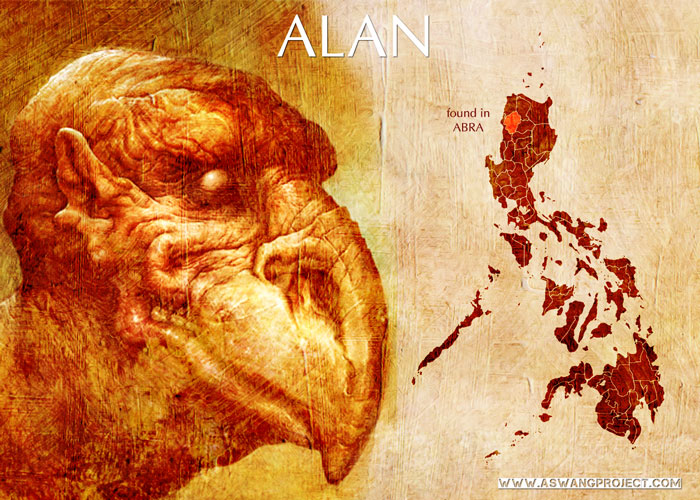
#2 AMOMONGO
(Western Visayas) A hairy, wild, man-sized ape with long nails that terrorizes solitary villages.
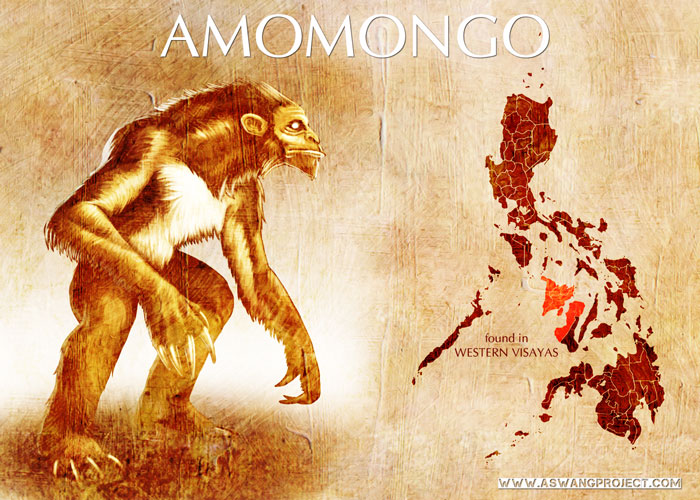
#3 KULARIUT
(Pampanga) In Pampanga, this is an elusive creature with big eyes, a white beard, and black furred. A harmless creature, it lives in bamboo groves or in the forest. If a house is located nearby, it quietly watches the household members while they slept.
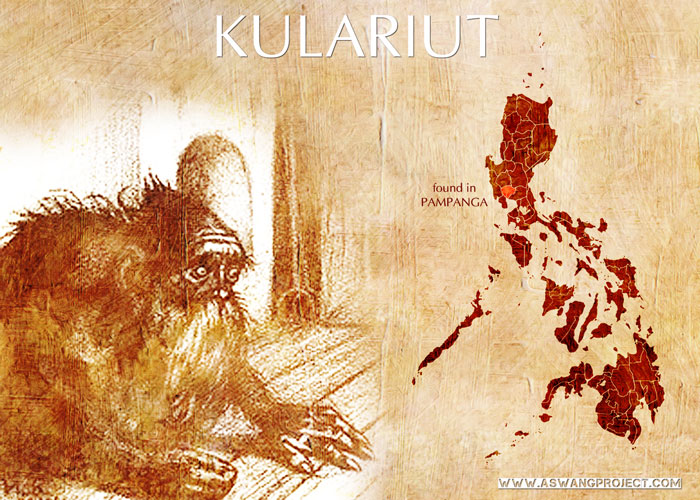
#4 LAMPONG
(Ilongot) One-eyed white deer. When first seen, becomes two feet tall. Later wears tall, black, two-peaked cap. Bright-eyed, long-bearded.
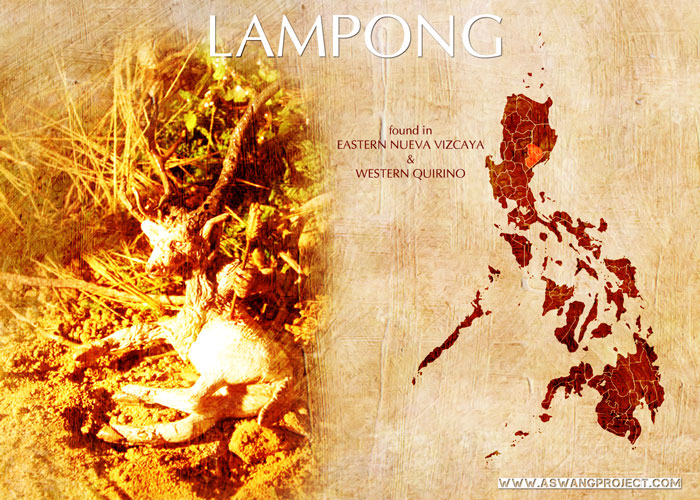
#5 MAMELEU
(Western Visayas) A sea serpent with body and head as large as that of a water buffalo. It also possesses two white horns, and its body stretches up to thirty fathoms long. It has eyes torch-like, fire jets in them; long teeth; and large resistant scales.
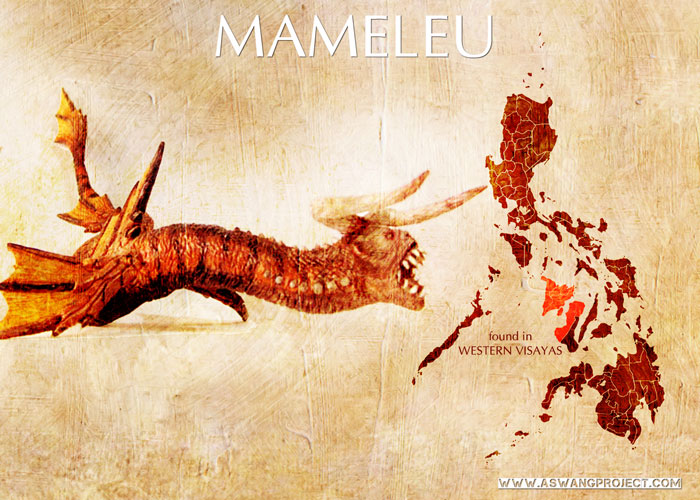
#6 MANANGILAW or MANANG HILAW
(Bikolano) Hairy humanoid giants in the mountains and caves of Bicol. Generally described as having big feet, bodies covered in black hair, deep voices, and vicious-looking faces, these shy and harmless beasts use vines, which some wrap around their waist like belts, to catch fish and shrimp in the river or hunt small animals. In the 1980’s two Manangilaw, a mother and a child, were allegedly captured by soldiers patrolling in Mount Isarog. The two beasts were chained to train wagons for 15 days and were fed with live chicken and cow’s blood. Nobody knows what became of the said creatures.
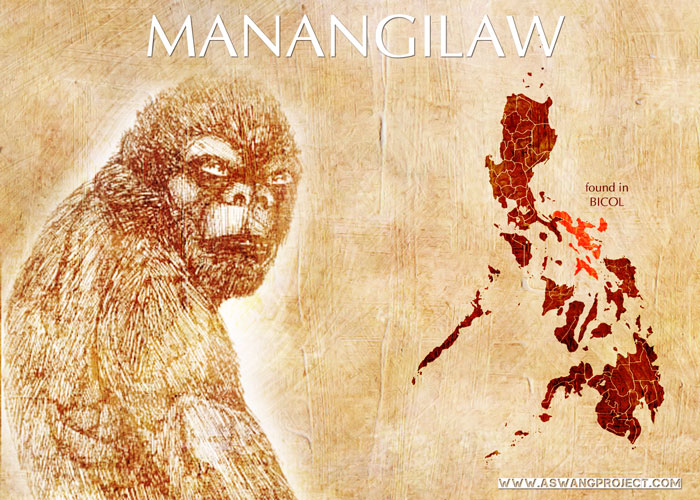
#7 MANTAHUNGAL
(Tagbanua) Cowlike in body and voice but hornless. Shaggy coat of hair. Monstrous mouth with two pairs of huge tusklike incisors.
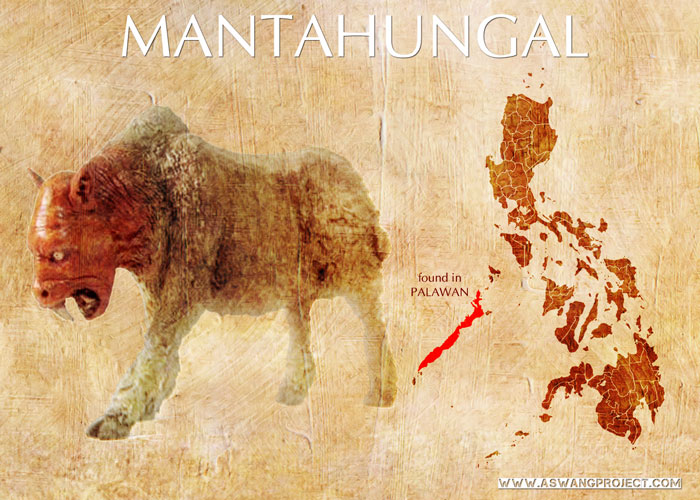
#8 ONGLO
(Waray) Large and frightful. He lives in dark nipa swamps. he uses his huge ‘hard as stone’ elbows and knees to break shellfish. You can tell he is eating when you hear the shells of tuway (clams) being broken.
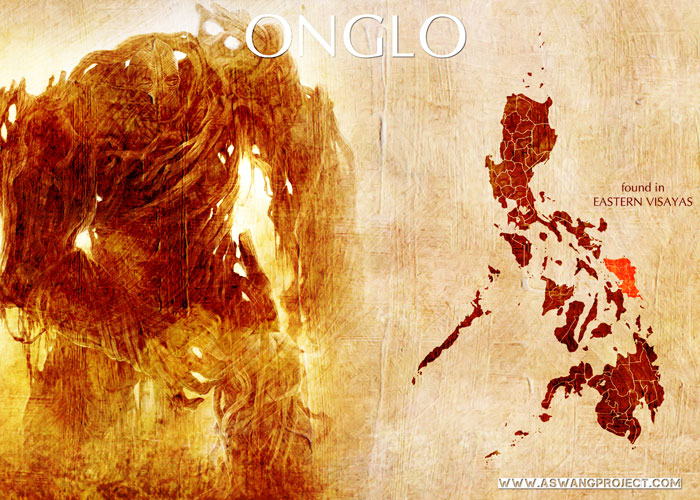
#9 PONGO
(Bikolano) Another ape-like creature from Bicolano folklore. This one resembles an Orangutan but twice bigger than a male gorilla and a lot faster than a regular Orangutan.
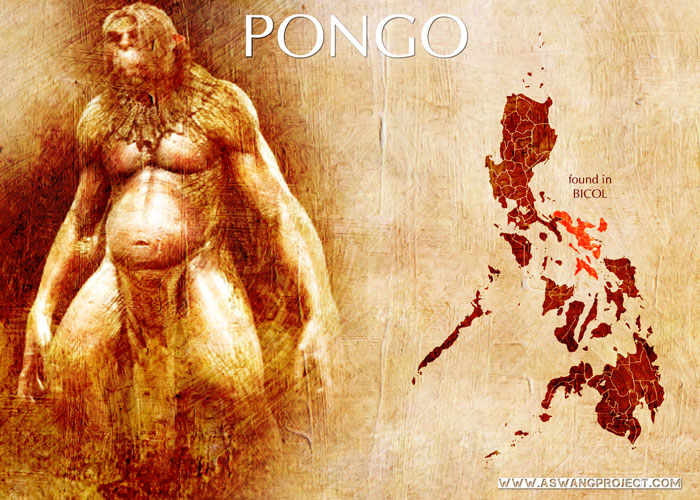
#10 TIMU-TIMU
(Iloilo) An ape-like ogre deep in the forests of Iloilo. Its mouth can gape so wide it can chew a human whole. Its name means ‘likes to chew’ or ‘always chews’.
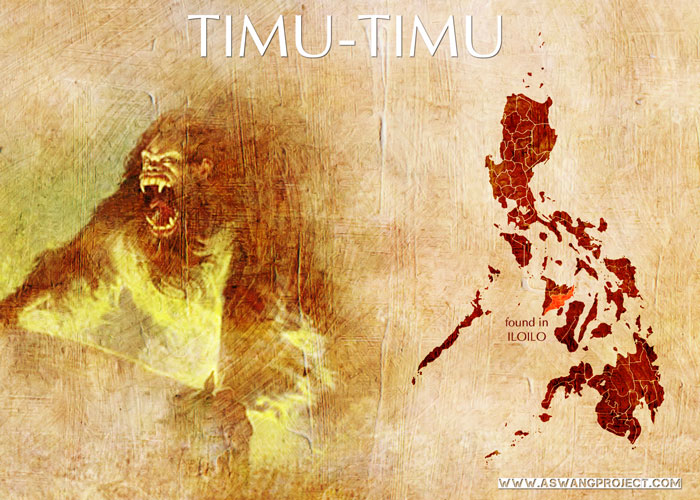
When it comes to the folkloric beings of the Philippines, I think people always have the tendency to say “I haven’t seen it, so I don’t believe.” Before you fall into automatically dismissing cryptids, I should remind you that in the 1700’s, explorers were ridiculed for suggesting the existence of a cryptid-like being in Australia – although they had seen it and the natives affirmed it was real. I’m talking, of course, about the kangaroo. Another instance is when many prominent British scientists deemed a “egg-laying mammal with a duck bill and beaver tail” as a hoax. However, the platypus turned out to be very real.
National Geographic has stated “we have only explored about 5
New species are being found at a rate of 15,000 to 20,000 per year. Let that sink in.
Jordan Clark is a Canadian born descendant of Scottish immigrants living on the homelands of the Lekwungen speaking peoples. His interest in Philippine myth and folklore began in 2004. Finding it difficult to track down resources on the topic, he founded The Aswang Project in 2006. Shortly after, he embarked on a 5 year journey, along with producing partner Cheryl Anne del Rosario, to make the 2011 feature length documentary THE ASWANG PHENOMENON – an exploration of the aswang myth and its effects on Philippine society. In 2015 he directed “The Creatures of Philippine Mythology” web-series, which features 3 folkloric beings from the Philippines – the TIKBALANG, KAPRE and BAKUNAWA. Episodes are available to watch on YouTube. Jordan recently oversaw the editing for the English language release of Ferdinand Blumentritt’s DICCIONARIO MITOLÓGICO DE FILIPINAS (Dictionary of Philippine Mythology) and is working on two more releases with fellow creators scheduled for release later this year. When his nose isn’t in a book, he spends time with his amazing Filipina wife of 20 years and their smart and wonderful teenaged daughter.


